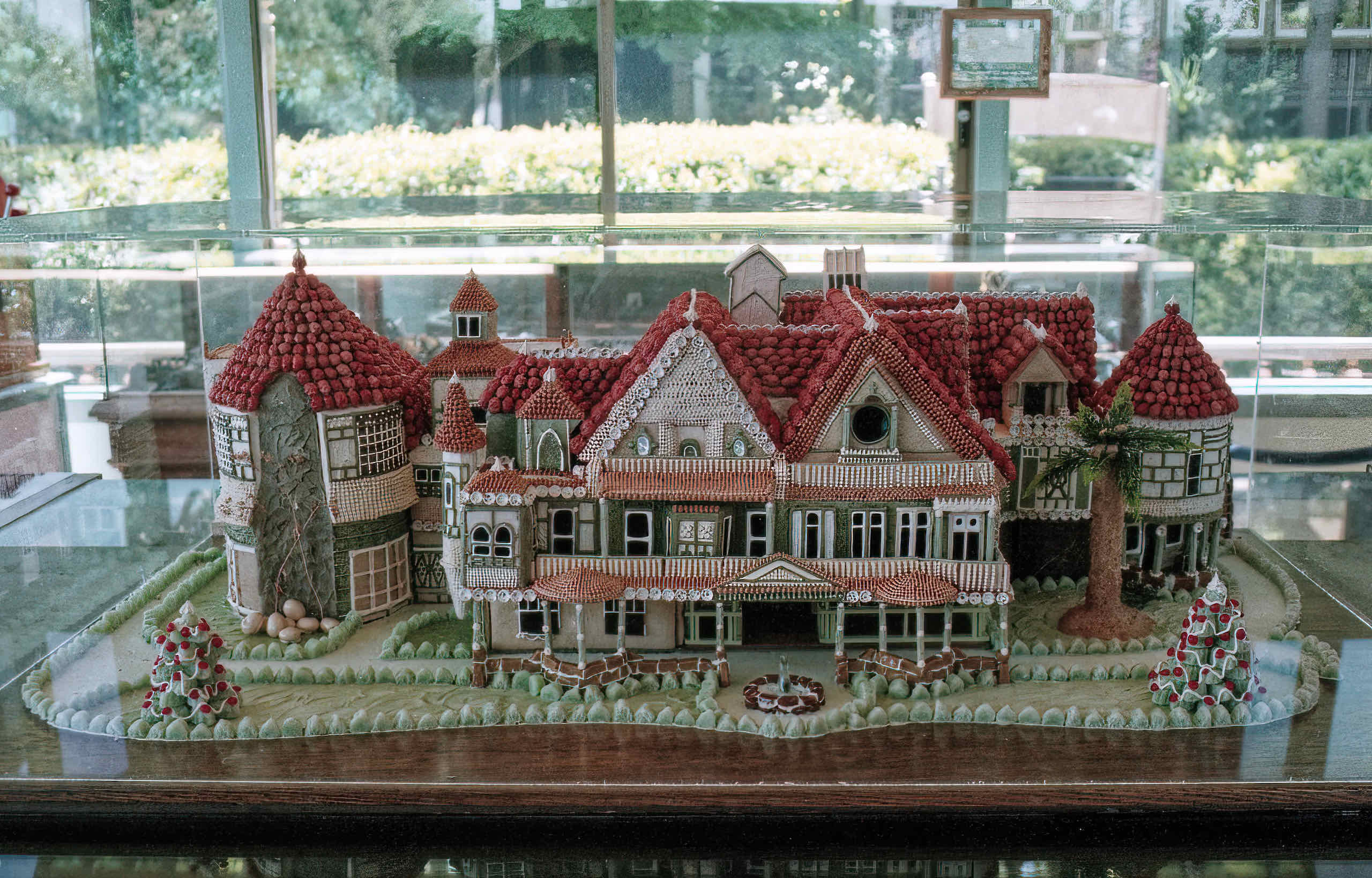

For years, I have mentioned the Winchester House in my talks and presentations, as an analogy of what happens when an organisation does not have a cohesive strategy, so of course I have visited the actual house many times.
 Winchester House scale model
Winchester House scale model For years, I have mentioned the Winchester House in my talks and presentations, as an analogy of what happens when an organisation does not have a cohesive strategy, so of course I have visited the actual house many times. These photographs are of the building and surrounding garden and buildings, as no photography is allowed inside (in the 1990s, photography is now allowed, but I have not visited recently).
Note This article is part of our USA Retrospective series, featuring images captured on an early generation Kodak DC220 digital camera with 1280x1024 resolution. The images have post processed to artificially increase sharpness. Please forgive us if they do not meet your expectations of photographic quality.
The story behind the Winchester House is as fascinating as the house itself. Sarah Winchester was the widow of William Winchester, heir of the Winchester Repeating Arms Company, a prominent American firearms company based in New Haven, Connecticut.
After the death of her husband from tuberculosis as well as her daughter from a wasting disease known as marasmus, Sarah became obsessed with the idea that the ill fortune that had befallen on her family is due to the ghosts of people killed by Winchester rifles. She consulted a Boston medium who confirmed her suspicions, and said the only way to avoid further misfortune is to leave New Haven, go west and continuously surround herself with noise and construction in order to thwart the spirits of victims of her company’s products.
Possessing a huge fortune and inheriting almost 50% of the company, in 1884, she bought an unfinished farmhouse and commenced construction to eventually extend it to a seven story mansion. There is no planned design, so the building more or less grew haphazardly over time, from 1882 right until Sarah’s death in 1922. Today, there are many oddities in the mansion, such as doors and stairs that go nowhere, windows that overlook other rooms, sudden changes in level across a floor, and inaccessible areas. Some say Sarah liked the oddities as it may confuse and deter ghosts who try to enter the premises. Various motifs of the number 13 and spiders are are located around the house, which are spiritually significant to Sarah. All in all the house had over 160 rooms, 10,000 windows, 2,000 doors plus multiple skylights, chimneys, kitchens and bathrooms. Sarah spent over $5m (1923 value) or over $70m today.
The house was severely damaged in the 1906 earthquake and most of the fourth floor and additional storeys were destroyed. When Sarah died, all the furniture were removed and most were sold. The house itself was considered worthless due to the unfinished design, earthquake damage and the impractical oddities.
Many claim the house is haunted, and it is a tourist attraction today.
Please click on any photo to view in a lightbox. Use arrow keys or swipe to navigate.
 Winchester House scale model
Winchester House scale model 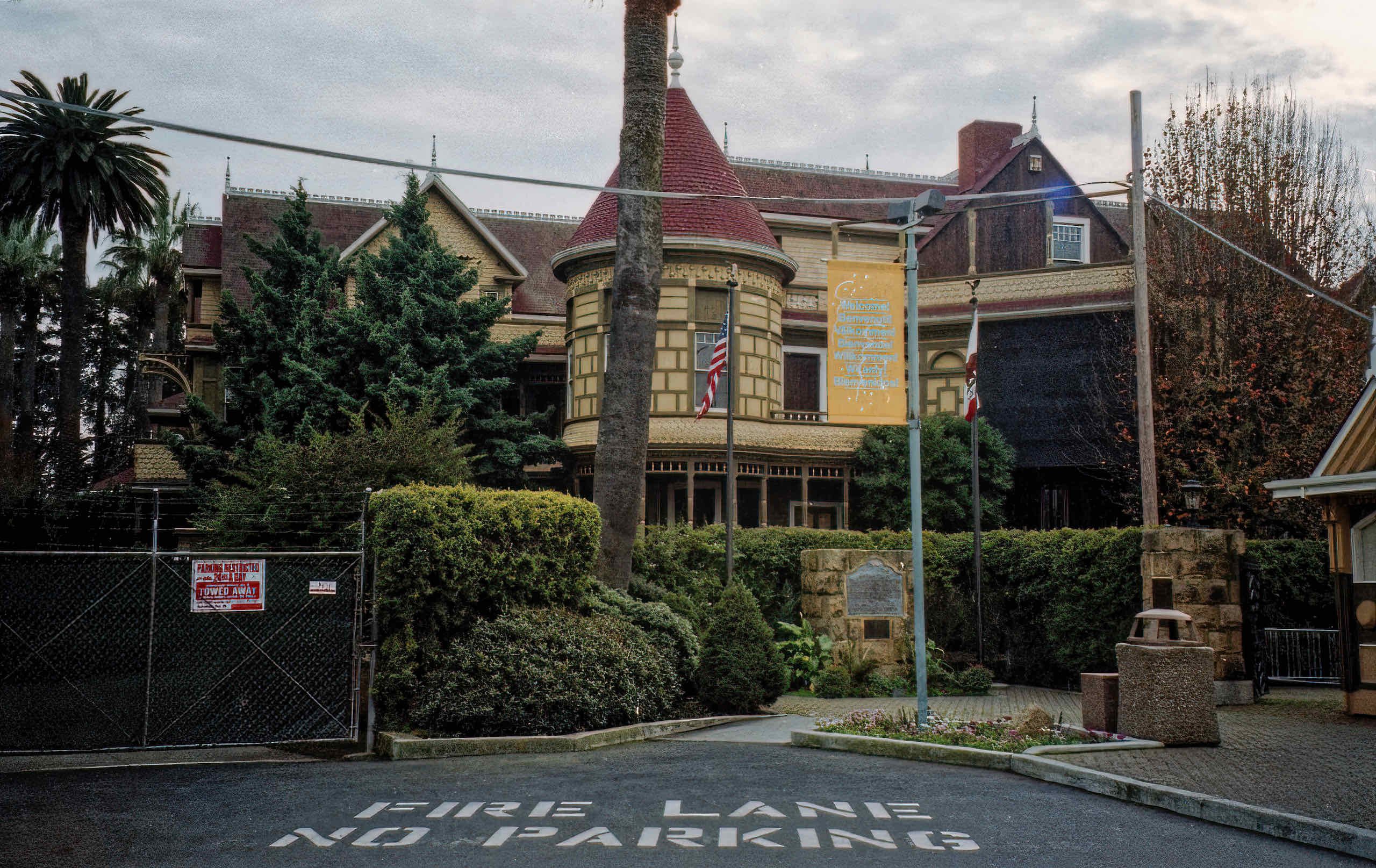 Winchester House
Winchester House 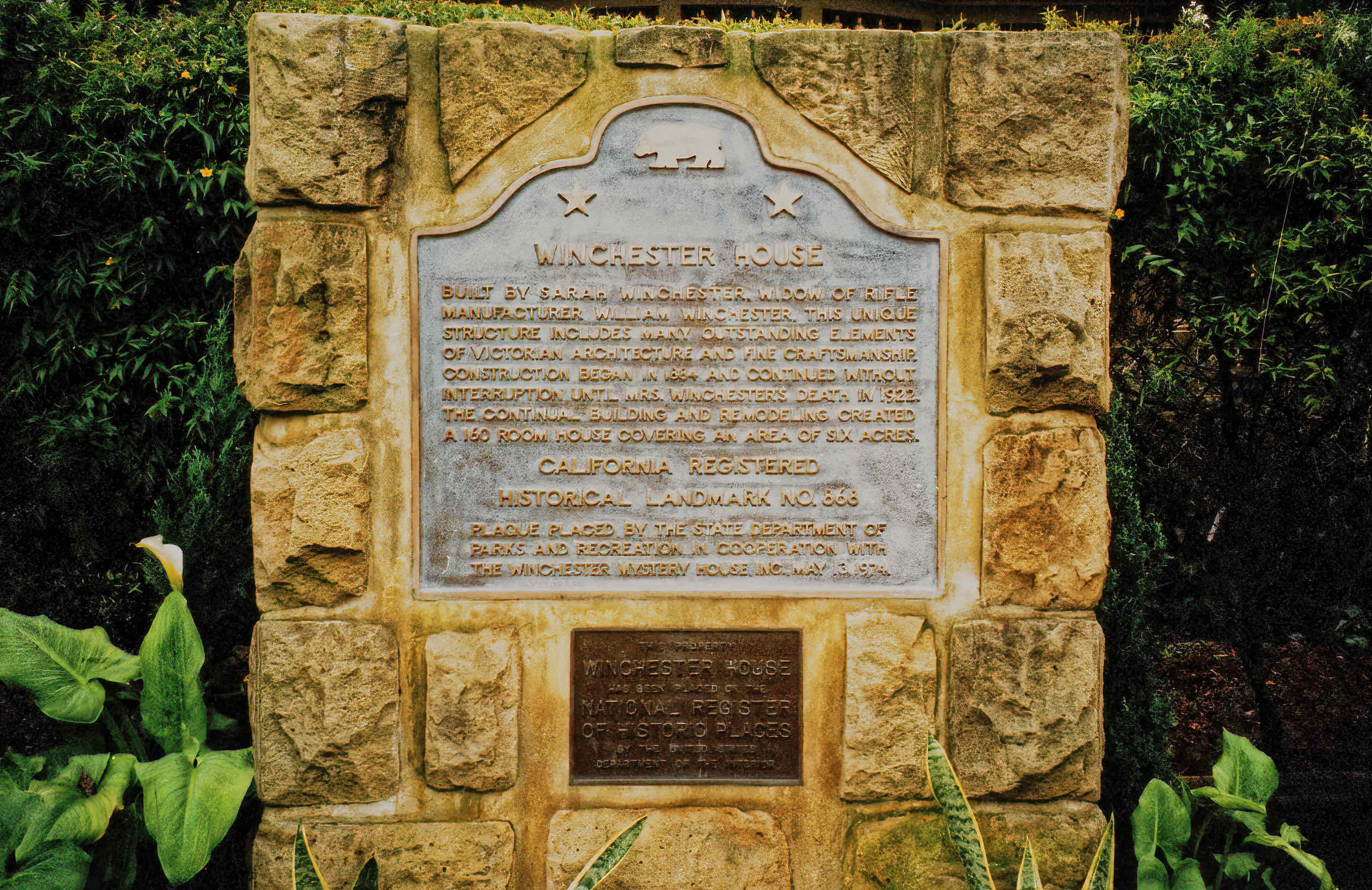 Winchester House sign
Winchester House sign 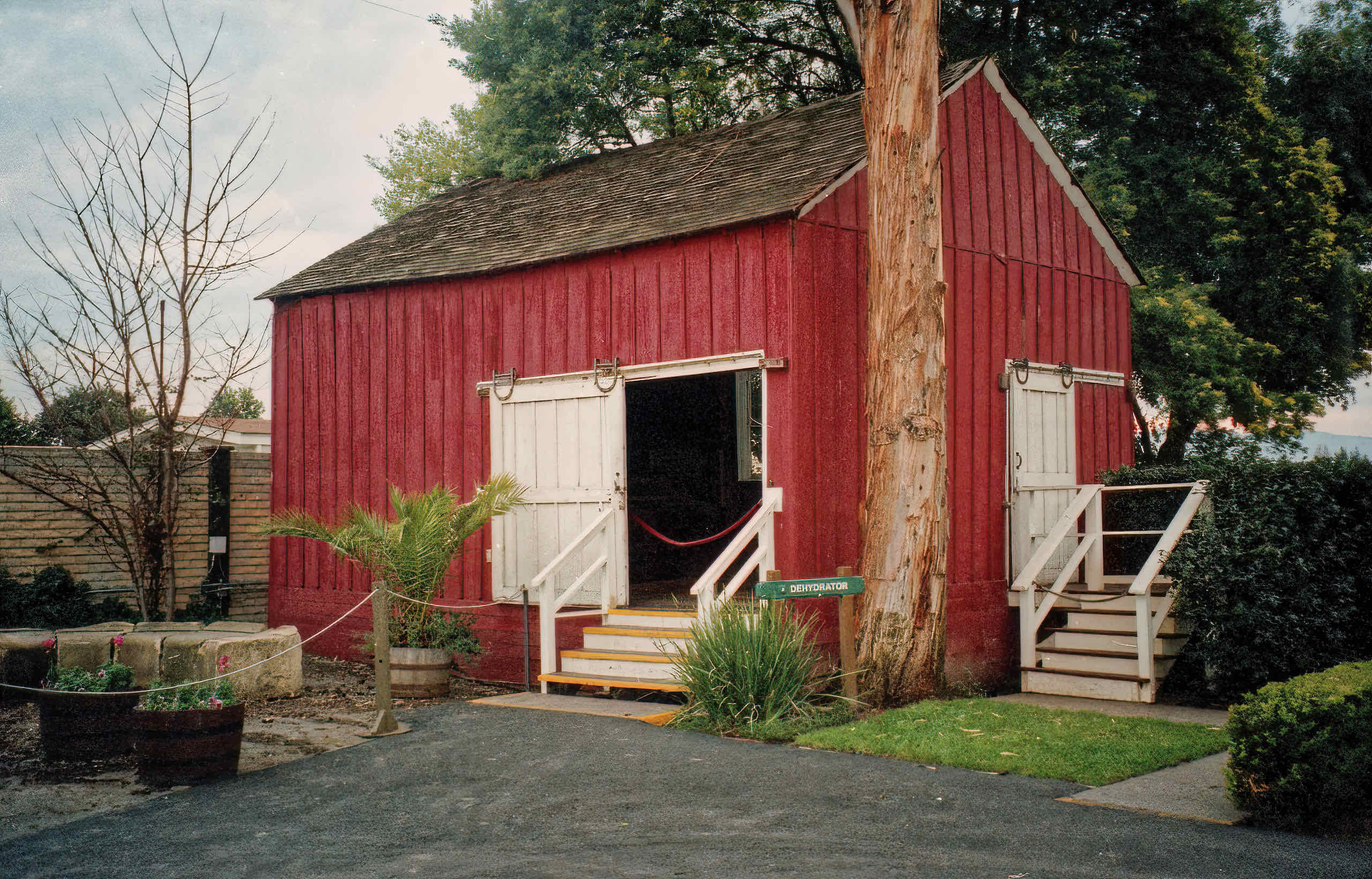 Winchester House dehydrator
Winchester House dehydrator 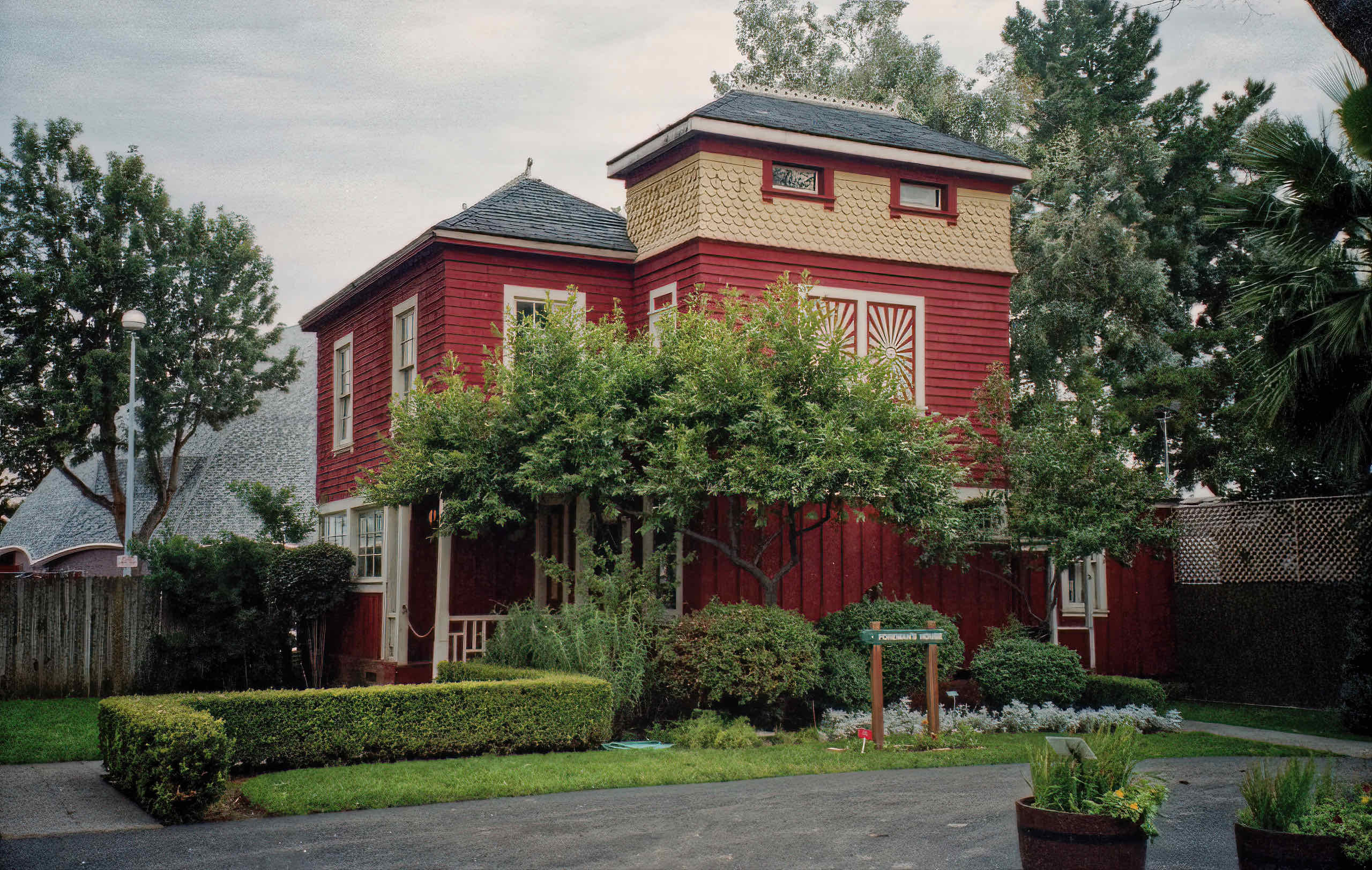 Foreman's House
Foreman's House 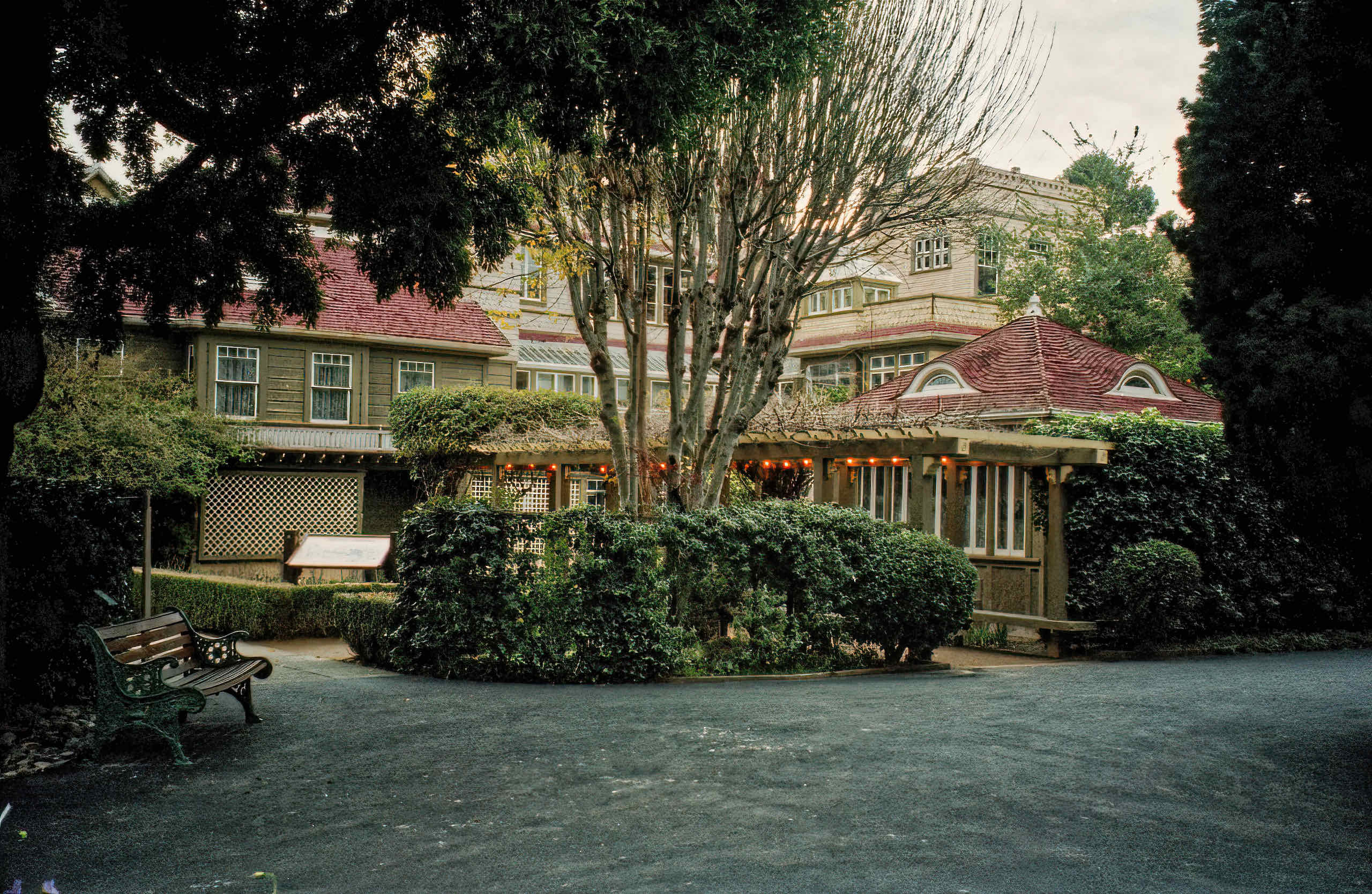 Winchester House
Winchester House 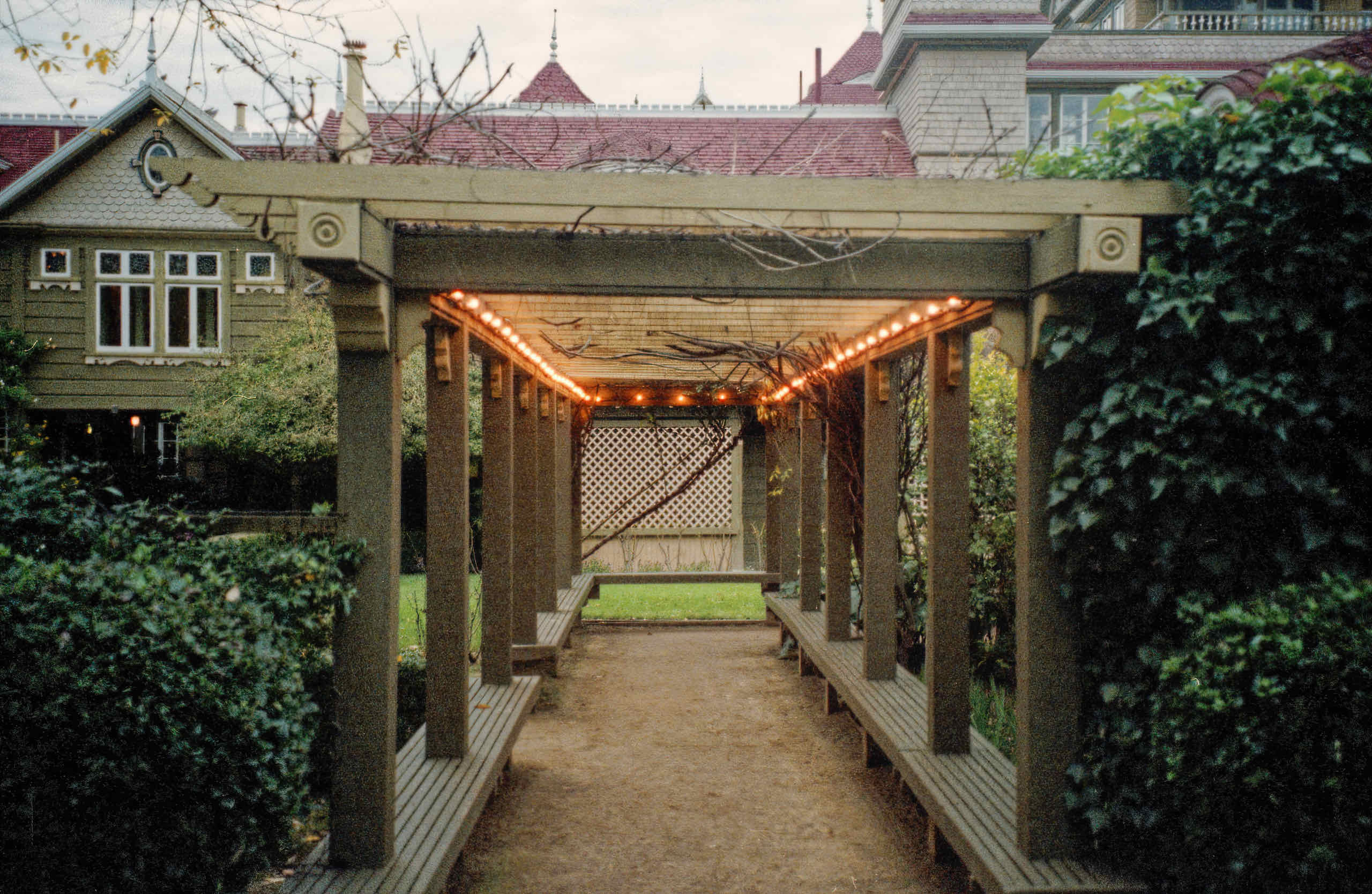 Winchester House
Winchester House 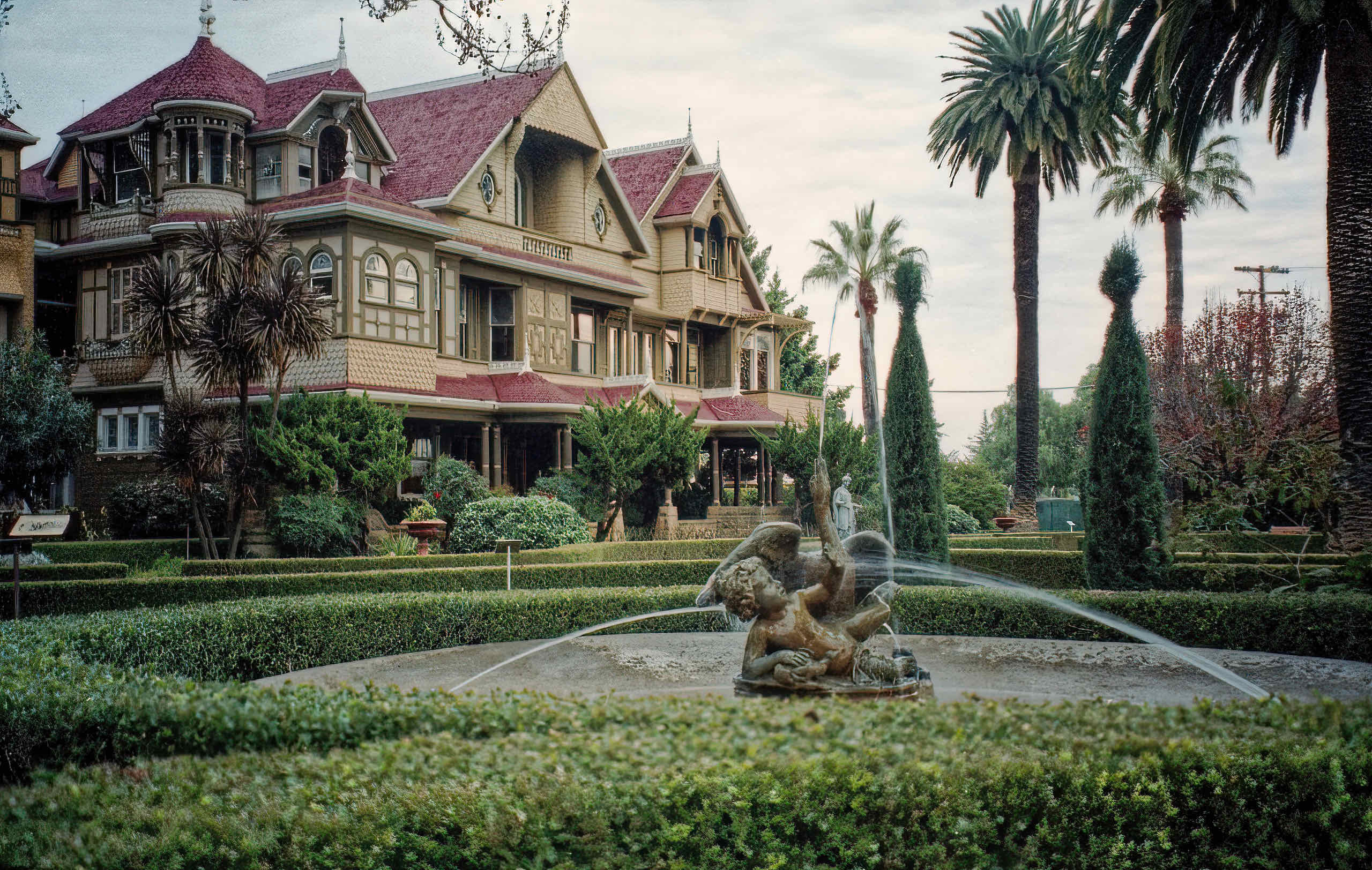 Cupid Fountain
Cupid Fountain 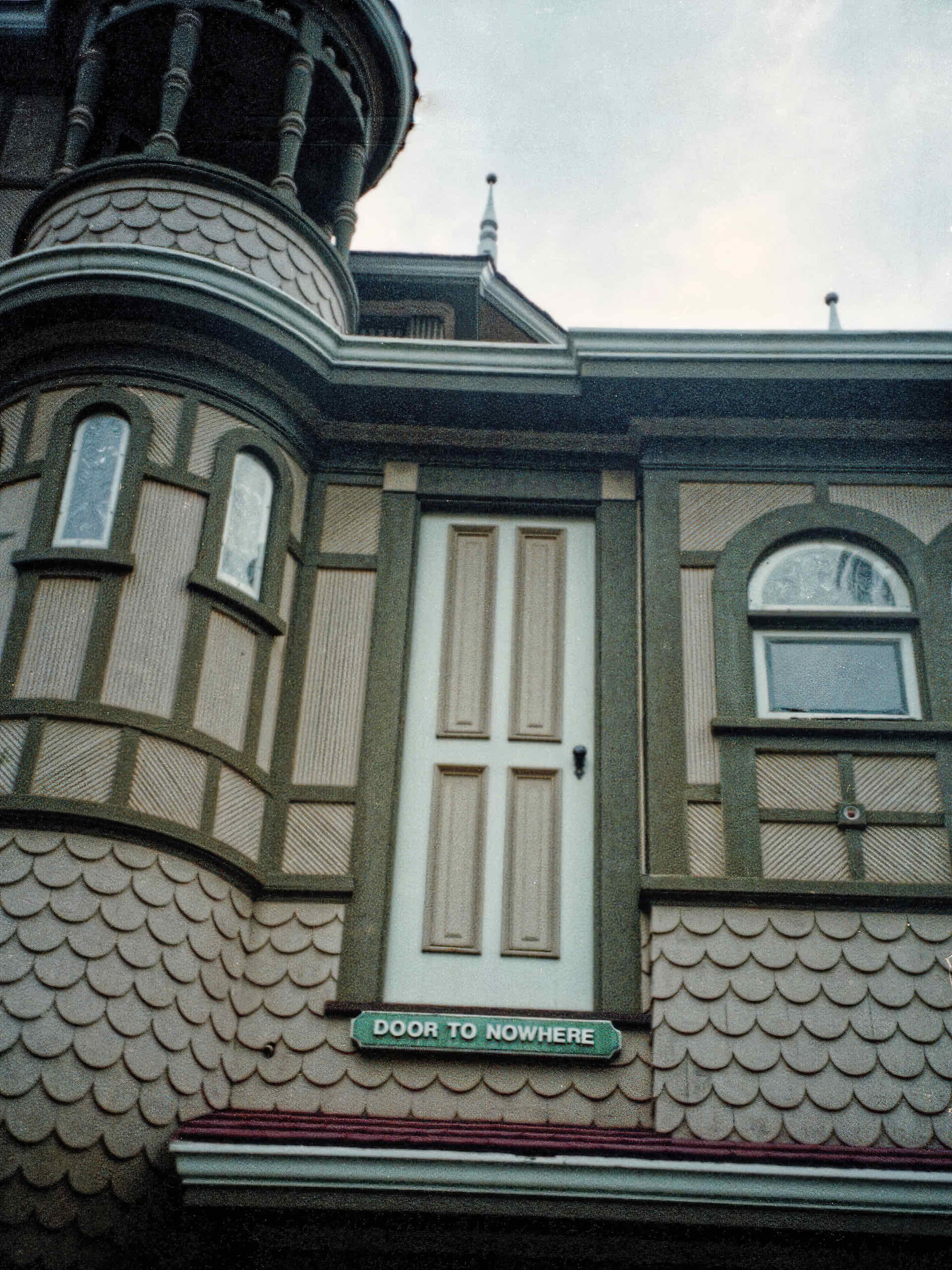 Door to Nowhere
Door to Nowhere